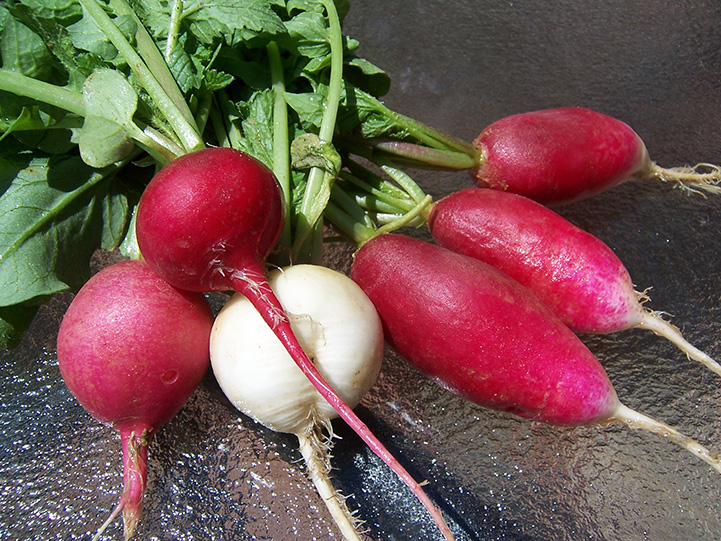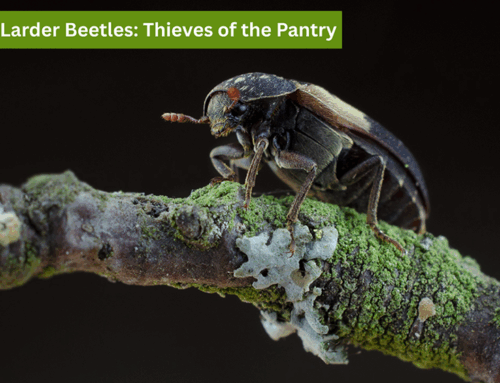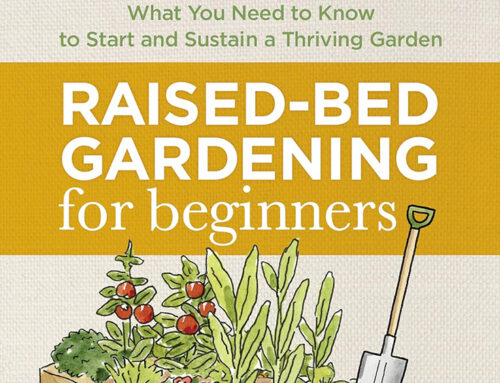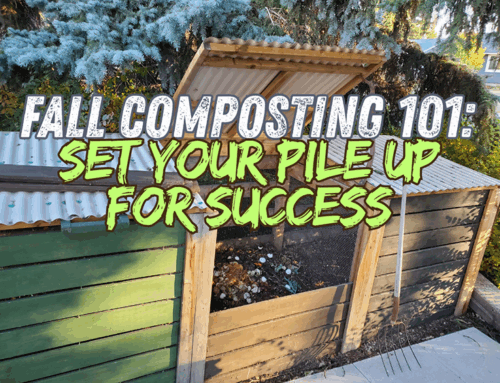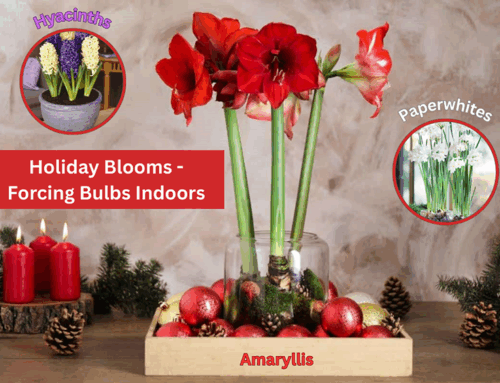Cold-Hardy Vegetables to Grow Now
by Brett Kerley
As the snow begins to melt and temperatures gradually rise, gardeners in Edmonton have a great opportunity to start planting cold hardy vegetables. Despite the city’s short growing season, many cold-hardy crops can be planted as soon as the ground is workable, allowing for an earlier harvest. Here’s a guide to the best vegetables you can start growing now, along with tips to ensure a successful yield.
Understanding Edmonton’s Growing Conditions
Edmonton falls within Canadian Hardiness Zone 4a, which means it experiences cold winters and a limited growing season. The last frost date typically falls in late May, but some hardy vegetables can tolerate light frosts and even benefit from the cool spring temperatures.
To get a head start, consider:
- Using cold frames, row covers, or cloches to protect young plants from sudden cold snaps.
- Starting some crops indoors and transplanting them once the weather is more stable.
- Choosing varieties that mature quickly to maximize the growing window.
Vegetables to Plant in Early Spring
Onions and Leeks
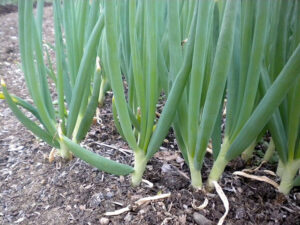 Onions and leeks are among the first crops you can start growing. These alliums require a long growing season, so starting them indoors in February or March is ideal. When the soil is workable in April, hardened-off seedlings can be transplanted outdoors.
Onions and leeks are among the first crops you can start growing. These alliums require a long growing season, so starting them indoors in February or March is ideal. When the soil is workable in April, hardened-off seedlings can be transplanted outdoors.
- Planting Tips: Space onions 2-4” (5-10 cm) apart and plant leeks in trenches that can be gradually filled as they grow to promote blanching.
- Recommended Varieties: ‘Evergreen Hardy White’ (onions), ‘American Flag’ (leeks).
- Pests & Diseases: Onion maggots and thrips can damage plants. Use floating row covers to prevent infestations, and rotate crops annually to reduce disease buildup.
- Disease Prevention: Fungal diseases like onion downy mildew can be prevented by ensuring good air circulation and avoiding overhead watering.
Peas
 Peas are one of the hardiest vegetables, tolerating soil temperatures as low as 4°C. They should be sown directly into the garden as soon as the ground can be worked, typically by mid to late April.
Peas are one of the hardiest vegetables, tolerating soil temperatures as low as 4°C. They should be sown directly into the garden as soon as the ground can be worked, typically by mid to late April.
- Planting Tips: Sow seeds 1”-2” (2-5 cm) deep and 2” (5 cm) apart, providing a trellis for climbing varieties.
- Recommended Varieties: ‘Sugar Snap’, ‘Green Arrow’, ‘Little Marvel’.
- Pests & Diseases: Aphids and pea moth larvae can attack plants. Combat aphids with insecticidal soap and encourage beneficial insects like ladybugs.
- Disease Prevention: Powdery mildew can be an issue; ensure plants are spaced well and water in the morning to allow foliage to dry.
Spinach
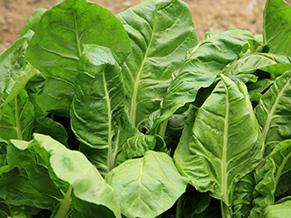 Spinach is a cool-weather crop that thrives in early spring. It can be sown directly into the garden as soon as the soil is workable.
Spinach is a cool-weather crop that thrives in early spring. It can be sown directly into the garden as soon as the soil is workable.
- Planting Tips: Sow seeds ¼” (1 cm) deep and 1-2” (3-5 cm) apart in rich, well-draining soil.
- Recommended Varieties: ‘Bloomsdale’, ‘Tyee’, ‘Perpetual Spinach’.
- Pests & Diseases: Leaf miners and aphids are common pests. Cover plants with row covers to prevent infestations and remove affected leaves.
- Disease Prevention: Downy mildew is a common issue; plant disease-resistant varieties and avoid excessive moisture on leaves.
Radishes
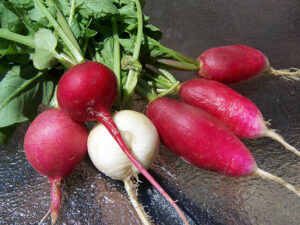 Radishes are fast-growing and well-suited to early spring planting. They can be sown directly into the soil in April and will be ready to harvest in just three to four weeks.
Radishes are fast-growing and well-suited to early spring planting. They can be sown directly into the soil in April and will be ready to harvest in just three to four weeks.
- Planting Tips: Space seeds about ½” (2 cm) apart, thinning to 2” (5 cm) once they sprout.
- Recommended Varieties: ‘Cherry Belle’, ‘French Breakfast’, ‘Easter Egg’.
- Pests & Diseases: Flea beetles can create small holes in leaves. Use row covers and apply neem oil if needed.
- Disease Prevention: Clubroot can affect radishes; rotate crops and maintain proper soil pH by adding lime if needed.
Lettuce and Salad Greens
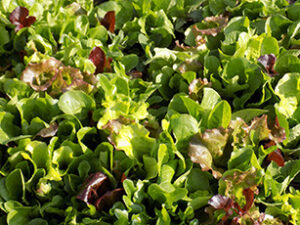 Lettuce and other leafy greens prefer cool weather and can be planted as early as April.
Lettuce and other leafy greens prefer cool weather and can be planted as early as April.
- Planting Tips: Sow seeds ¼” (1 cm) deep in loose, fertile soil, and keep the bed consistently moist.
- Recommended Varieties: ‘Buttercrunch’, ‘Romaine’, ‘Mesclun Mix’.
- Pests & Diseases: Slugs and aphids are common problems. Hand-pick slugs at night and use beer traps or diatomaceous earth.
- Disease Prevention: Avoid overcrowding to reduce the risk of fungal infections like downy mildew.
Carrots
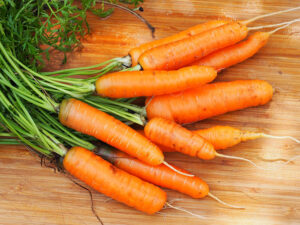 Carrots can be planted once the soil reaches at least 7°C, usually in late April.
Carrots can be planted once the soil reaches at least 7°C, usually in late April.
- Planting Tips: Sow seeds ¼” (1 cm) deep and ½” (2 cm) apart in loose, well-draining soil to prevent forking.
- Recommended Varieties: ‘Nantes’, ‘Danvers’, ‘Scarlet Nantes’.
- Pests & Diseases: Carrot rust fly larvae can damage roots. Use row covers and delay planting until late May to avoid peak egg-laying season.
- Disease Prevention: Fungal issues can be prevented by ensuring well-drained soil and rotating crops yearly.
Kale
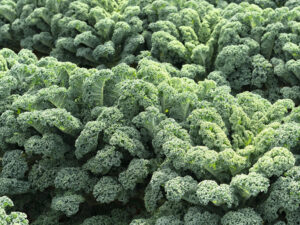 Kale is exceptionally cold-hardy and can withstand light frosts, making it a great choice for early planting. Kale is one of my favourites. I grow lots of kale, and use my dehydrator to dry it, then pulverise it into flakes to add to my curries and soups throughout the year. Kids never know when you sneak it in! Kale is also great for making chips, add a little salt and parmesan.
Kale is exceptionally cold-hardy and can withstand light frosts, making it a great choice for early planting. Kale is one of my favourites. I grow lots of kale, and use my dehydrator to dry it, then pulverise it into flakes to add to my curries and soups throughout the year. Kids never know when you sneak it in! Kale is also great for making chips, add a little salt and parmesan.
- Planting Tips: Sow seeds ¼” (1 cm) deep and space seedlings about 12” (30 cm) apart.
- Recommended Varieties: ‘Lacinato’ (Dinosaur Kale), ‘Red Russian’, ‘Winterbor’.
- Pests & Diseases: Cabbage worms and flea beetles can be a problem. Use row covers and hand-pick pests when possible.
- Disease Prevention: Black rot can be an issue; avoid overhead watering and remove infected leaves promptly.
Tips for Early Spring Planting Success
- Soil Preparation: Ensure your soil is rich, well-draining, and full of organic matter. Consider adding compost before planting to boost nutrient levels.
- Mulching: Apply a layer of mulch to retain soil moisture and regulate temperature fluctuations.
- Frost Protection: Keep row covers or fleece handy to protect delicate seedlings during unexpected cold snaps.
- Succession Planting: Stagger plantings every two weeks to extend the harvest period for crops like lettuce and radishes.
Final Thoughts & What to Plant Next
By selecting the right crops and taking a few precautions, you can enjoy fresh homegrown vegetables much earlier in the season. As the weather warms up, you can start planning for summer crops like tomatoes, peppers, cucumbers, and beans. Hardy herbs like chives, parsley, and thyme can also be added to your garden to complement your vegetable harvest. With proper planning and care, you’ll enjoy a productive garden all season long.
Until next thyme, stay rooted. Happy gardening everyone!

